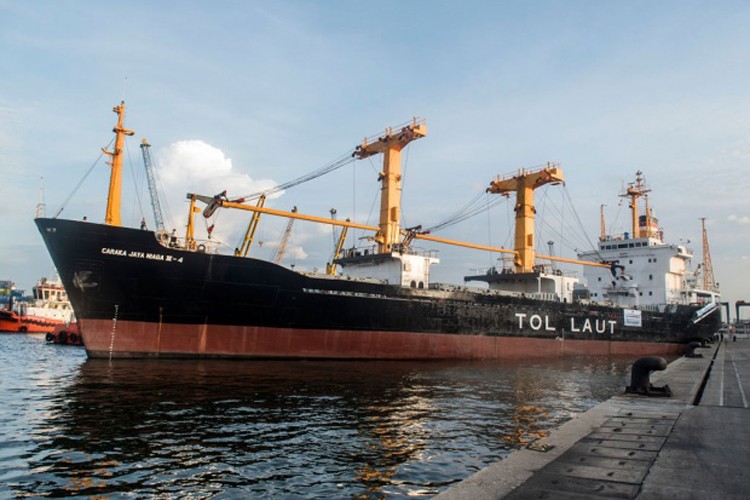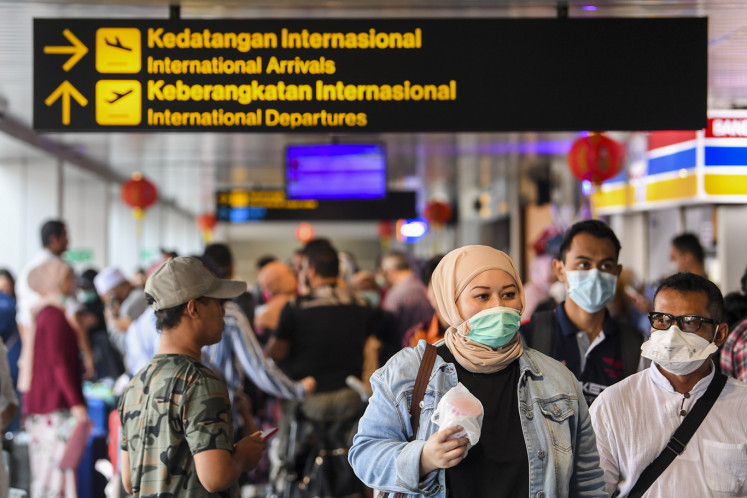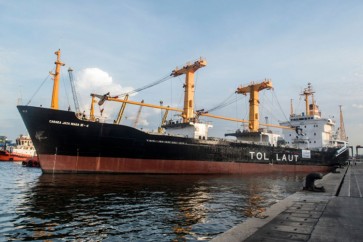Popular Reads
Top Results
Can't find what you're looking for?
View all search resultsPopular Reads
Top Results
Can't find what you're looking for?
View all search resultsIndonesia's logistics costs still high due to trade imbalance in eastern regions
The government's sea lane program needs to be complemented with an industrial development program targeting the eastern regions so they can manufacture goods to balance inbound-outbound logistics costs for shipments from western regions.
Change text size
Gift Premium Articles
to Anyone
D
omestic maritime trade remains costly despite the government’s subsidized sea lane, also known as the maritime highway, and even as the country’s eastern regions have gradually developed local production for trading with western regions.
The Transportation Ministry said that ships returning from eastern ports with empty cargo holds remained the core challenge of the sea lane program.
The ministry’s data showed that ships returning to their ports of origin carried roughly 30 percent of the cargo they had carried on their outward journey, due to low demand at destination ports. While the figure was double that of previous years, it was not enough to reduce shipping costs to the eastern regions, which would require each vessel to carry nearly the same amount in both inbound and outbound cargo.
Arif Toha Tjahjagama, the ministry’s sea transportation director general, blamed the logistics imbalance to undeveloped industries in regions along the sea lane. He added that Papua posed the greatest development challenge.
“There is not enough production as yet [in eastern regions] for transporting to the western [regions],” Arif told reporters, as the industries in many eastern regions were underdeveloped. He added that the ministry was gathering together many institutions to help solve the problem.
Read also: Unpacking the high costs of logistics
Despite the persisting challenges, Arif said the maritime highway program had lowered the prices of staple foods and other basic commodities between 20 and 40 percent.

















